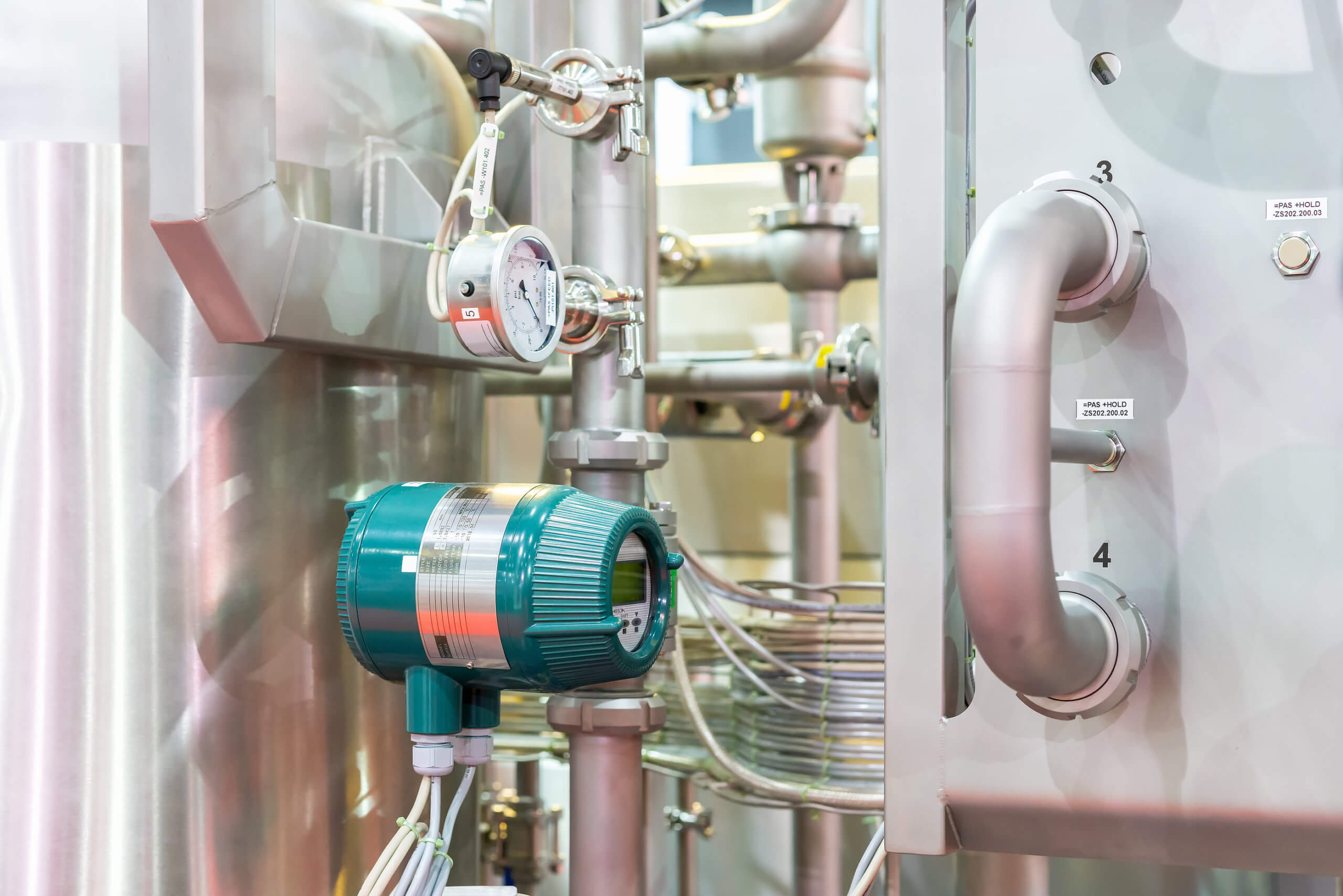What Are Fuel Flow Meter Accuracy Checks
The fuel flow meters used under the Environmental Protection Agency (EPA) 40 CFR Part 75 Appendix D reporting protocol require periodic accuracy checks to verify the quality of the flow data they are reporting. Facilities use many different fuel flow meters, so the acceptable system calibration and accuracy verification methods vary widely. Accuracy is how close the measurement is to the true value: in flow meters, how close the meter’s output is to its calibration curve.
The Importance of Fuel Flow Meter Accuracy Checks and QA/QC Plans
Each facility should have an established procedure for conducting these calibration checks. It is essential to include this procedure in the Quality Assurance Quality Control (QA/QC) plan covering the Continuous Emission Monitoring System (CEM) at the facility.
A QA/QC plan describes the steps and actions the facility must take to follow the conditions of the facility permit. The plan serves as a cornerstone for field audits conducted by a local air quality agency or the EPA. An auditor will use the plan and verify whether or not employees at a facility know and understand the commitments it contains.
Keeping the QA/QC plan up-to-date is increasingly essential. Many states now include the plan on file with the air permits. The QA/QC plans are open to the public for review and comment. Third parties can access the plan and second guess the plant’s operation.
Checklist for Fuel Flow Meter Accuracy Checks
This Fuel Flow Meter Accuracy checklist provides some recommendations to use during the fuel flow meter accuracy checks:
- Typically, Part 75 requires a calibration check must be performed within four “fuel flow QA operating quarters.” A QA operating quarter is both fuel-specific and monitor-specific. It also means that if a specific fuel was burned for ≥ 168 hours in a calendar quarter, that calendar quarter is a QA operating quarter. If a fuel monitoring system did not operate enough to qualify as a “QA operating quarter,” then the deadline for performing the next calibration check can be delayed until that fourth QA operating quarter is achieved.
- Some types of fuel flow meters can be tested or checked for their accuracy while in place. Another meter of proven accuracy is connected in series to the fuel lines to use this method, and the same fuel passes through both meters for a given period. The amount of fuel recorded by both systems is recorded and compared.
- Some types of fuel flow meters can be removed and tested off-site. After removal for service and testing, another meter can be rotated into its’ place or returned to its’ original location. The off-site testing needs to provide documentation that the metering system tested to an accuracy of not > 2.0%.
- Some systems associated with orifice, nozzle, and venturi-type fuel flowmeters that conform to AGA Report No. 3, require the owner or operator to certify the meters by calibrating the transmitters (or transducers) using NIST-traceable equipment, instead of calibrating the meters with a flowing fluid. If the owner or operator chooses this option, they can use the StackVision Data Acquisition System wizard tool in 7.
- Facilities need to document the calibration method and show that the overall accuracy of the metering system is not > 2.0% accuracy.
- If they use a “Fuel Flow to Load” check, owners or operators can extend the duration to perform the next accuracy test.
- In StackVision, you can prepare a test record for the calibration check just performed. Simply click on Tools > QA and Certification > Fuel Systems to open the Fuel System Tab. Click the Flowmeter Accuracy or Transmitter Transducer tab. Click on the Add icon ( + ) to launch Wizard for Creating Fuel Flowmeter Accuracy or Transmitter Transducer Tests. For details on using this Wizard, see the StackVision User Guide related to this topic.
- After the accuracy check, address these two questions and update the plan as needed.
- Do you need to update your fuel flow metering system calibration procedure?
- Are there any lessons learned or better steps to follow that you uncovered during this round of testing?
Conclusion
The accuracy and proper usage of fuel flow meters are critical to compliance with EPA’s Part 75 Appendix D requirements. It is vital to perform the testing in line with best practices specific to fuel flow meter type and include the QA/QC plan procedures. Using a Data Acquisition System like StackVision helps with this process by providing a Wizard to Create Fuel Flowmeter Accuracy or Transmitter Transducer Tests. For more information on StackVision or to get help with your QA Certification Test Data Entry for these types of tests, contact us.


